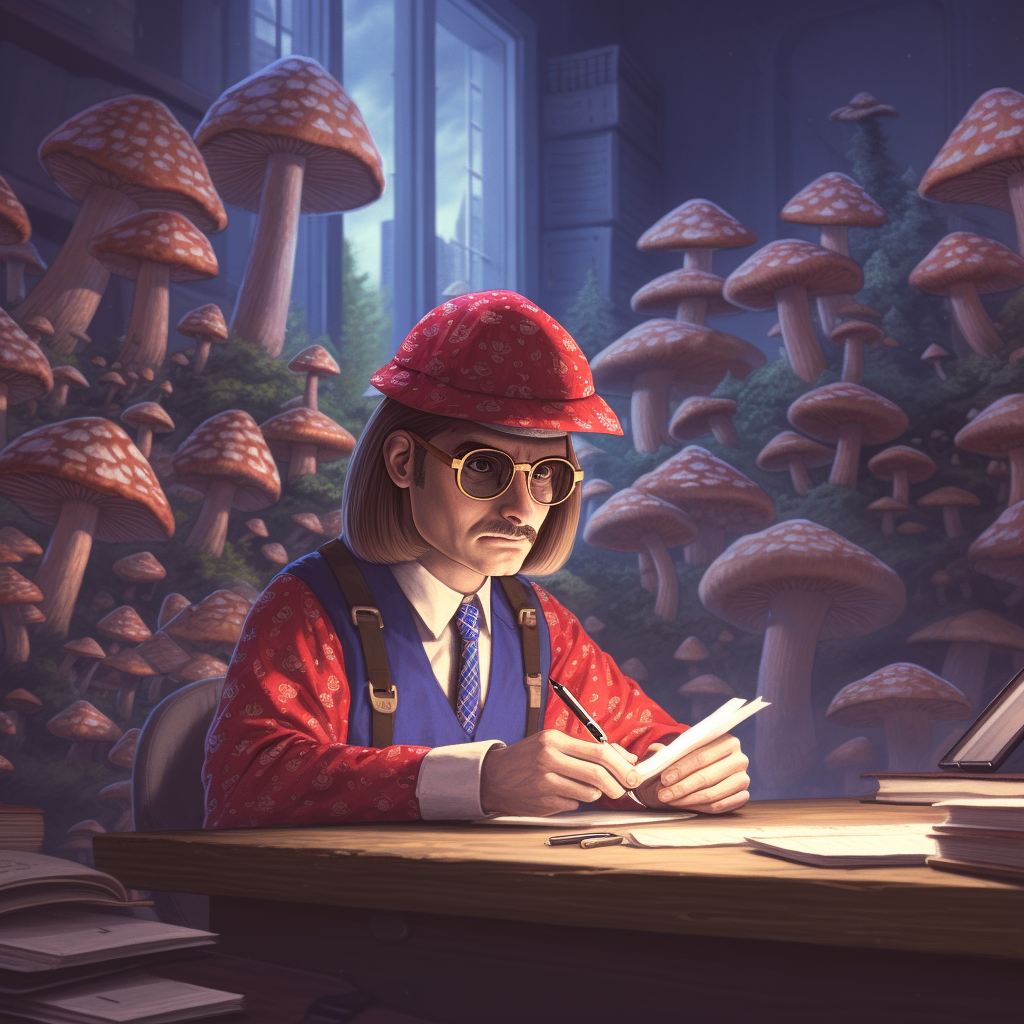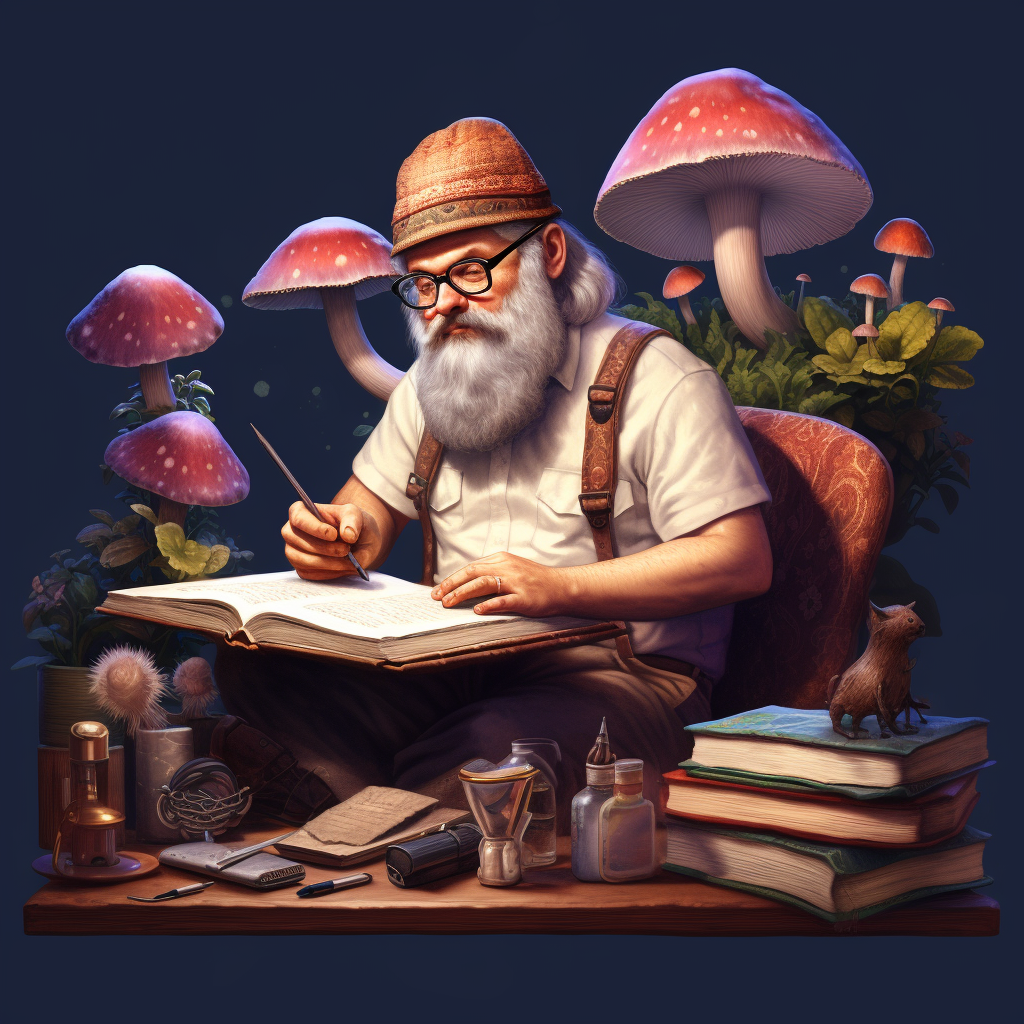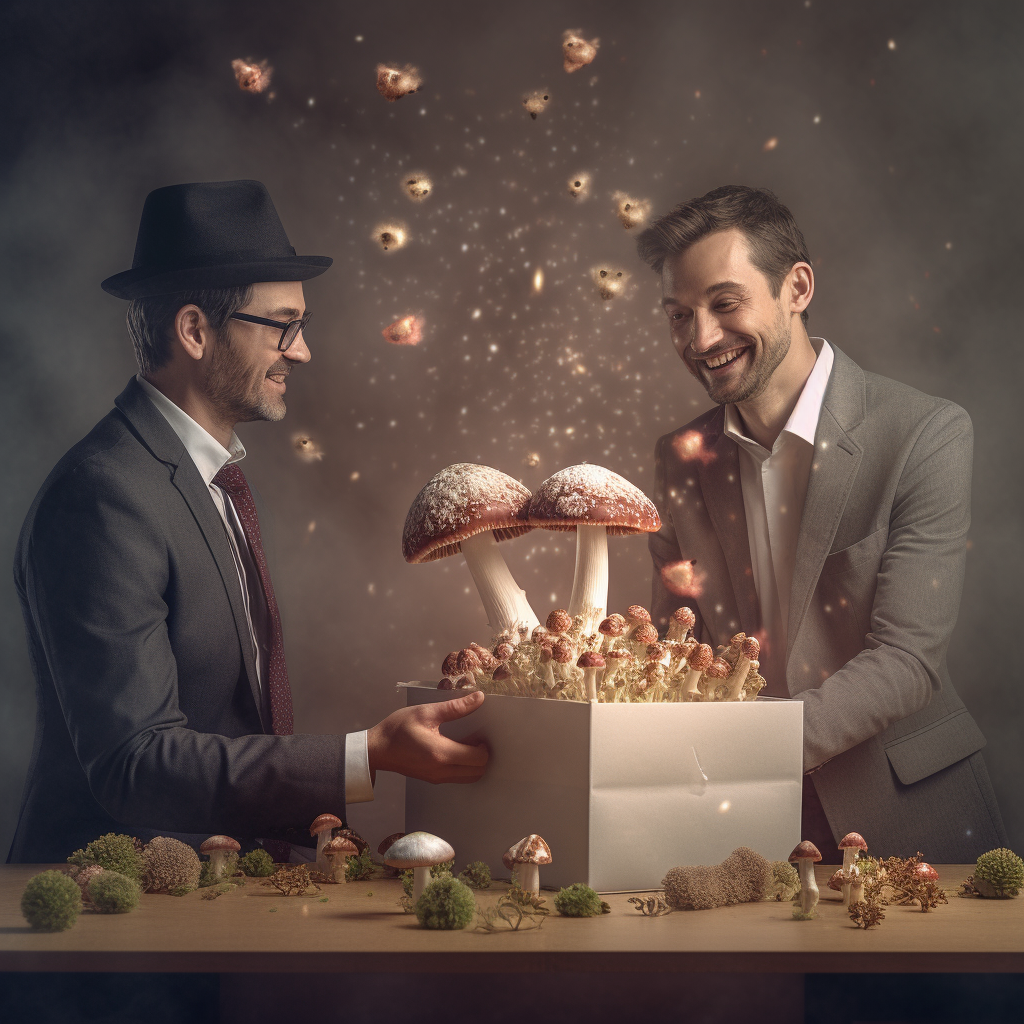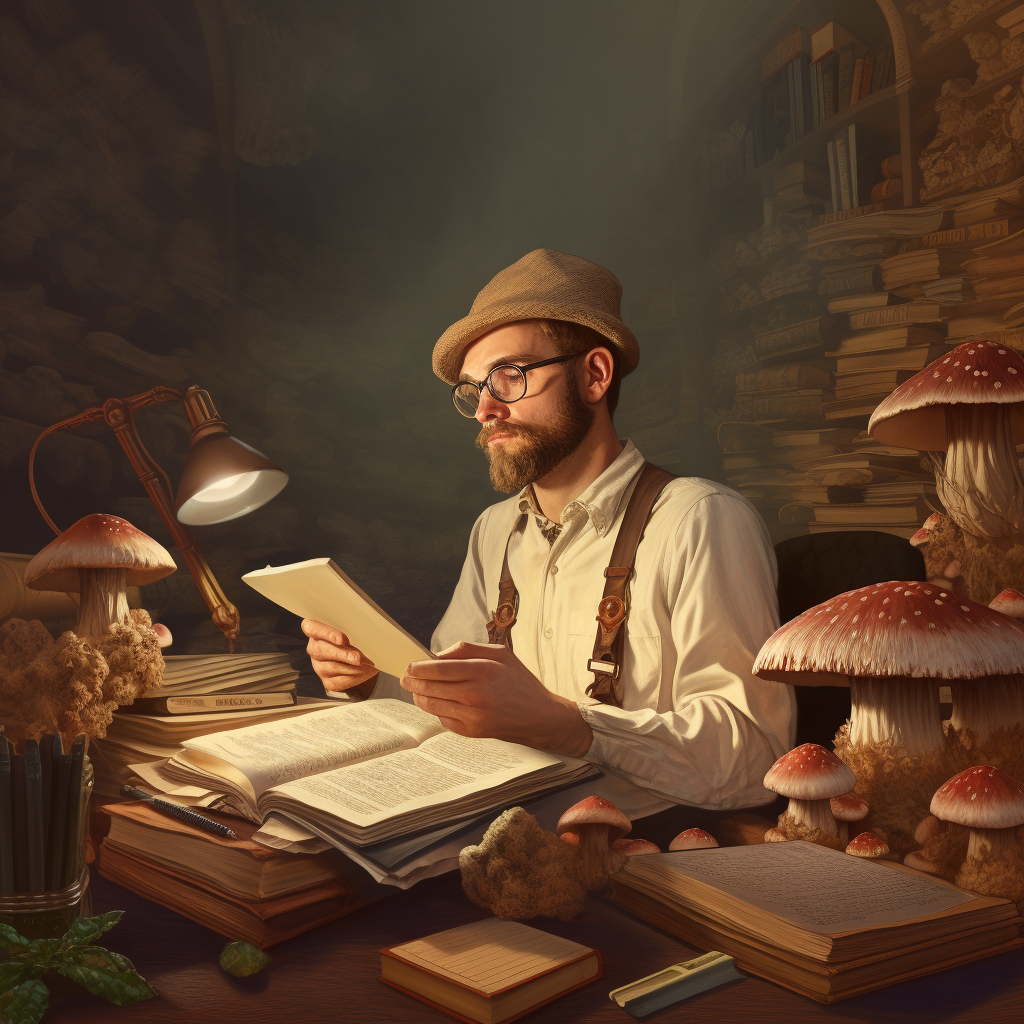The practice of microdosing psilocybin has swiftly garnered interest, not just from the psychedelic community, but also from mainstream media, accelerating at an impressive speed. Over the preceding years, an array of individuals have experimented with microdosing as a potential method to ease symptoms of depression and anxiety, as well as enhance productivity and general wellness. In the process of microdosing, an individual consumes a quantity of a substance that is below the threshold of perception, thereby avoiding any hallucinogenic effects.
QUANTIFYING PSILOCYBIN DOSES
Psilocybin doses are customarily calculated in grams. The most frequently encountered variety of psilocybin mushrooms is the Psilocybe cubensis, which holds roughly 0.6% psilocybin when dehydrated. This indicates that each gram of P. cubensis encapsulates 6 mg of unadulterated psilocybin. To bypass the distinctly bitter flavor of these mushrooms, many users opt to pulverize the dried fungi before encapsulating them in size 00 capsules.
Here is a rough guide/estimate of psilocybin dosages (these vary slightly per individual):
Microdose = 0.05g – 0.25g
Mini dose = 0.25g – 0.75g
Museum Dose = 0.5g – 1.5g
Moderate Dose = 1.5g – 3.5g
Mega Dose = 3.5 – 5.0g
Heroic Dose= 5.0g +
EFFECTS OF DOSAGES
The psychedelic community has cultivated a nuanced, five-tiered system to articulate the varying effects of psilocybin at differing doses. Level 1 denotes a light dose just above the perceptible threshold. It is characterized by a gentle, stone-like sensation, visually enhanced experiences, temporary memory anomalies, and an expanded perception of music, making it sound richer and more diverse.
Level 2 introduces more pronounced effects like heightened color perception, slight visuals with both closed and open eyes, scatter-brained thought processes, and a boost in creativity.
In level 3, one encounters visuals punctuated by distorted, kaleidoscopic patterns, mild hallucinations, three-dimensional closed-eye visuals, a touch of synesthesia, and an altered perception of time’s flow.
Upon reaching Level 4, effects intensify dramatically to include profound hallucinations, a fragmentation of the ego, a slight disconnection from reality, total distortion of time perception, synesthesia, and phenomena akin to extrasensory perception (ESP) like out-of-body experiences.
Lastly, Level 5 corresponds to a hefty dose that can induce effects like a complete disruption of normal sensory perception, total dissolution of the ego, and a thorough disconnection from reality. At this pinnacle, it’s often stated that the universe momentarily ceases to exist for the individual, rendering the experience beyond the scope of ordinary words.
THE THRESHOLD FOR PSILOCYBIN OVERDOSE
When compared to other commonly used substances, the toxicity levels of pure psilocybin are relatively low. Studies performed on rats demonstrate a toxicity level even lower than that of caffeine. Overdose incidents attributed solely to psilocybin are also extremely rare. As per data available until 2011, only two cases of overdoses were linked exclusively to psilocybin mushrooms.
A metric, known as the Therapeutic Index (TI), was devised by the Registry of Toxic Effects of Chemical Substances to gauge the relative safety of a substance vis-a-vis the dose required for therapeutic effects. A higher TI value suggests a safer profile for the substance. Psilocybin boasts a therapeutic index of 641, which stands tall when compared to commonly used substances such as aspirin or nicotine, which hold values of 199 and 21 respectively.
THE PRACTICE OF PSILOCYBIN MICRODOSING
Microdosing involves the consumption of a sub-perceptual, or extremely low, dose of a psychoactive compound. Supporters of microdosing advocate that ingesting a small quantity of a psychedelic substance can yield positive effects, while still enabling the user to function normally throughout their day. The typical dose often hovers around one-tenth of a conventional dose.
MICRODOSING’S HISTORICAL BACKGROUND
The historical backdrop of microdosing, particularly in terms of scientific research, is rather limited. It’s acknowledged that Albert Hofmann, the discoverer of LSD, practiced microdosing during the 1990s, late in his life. Prior to the 1966 ban on psychedelic research, no formal studies on microdosing were conducted. Currently, strides are being made to initiate a process that will allow formal study of microdosing. However, while some scientists gather user reports to support their case, others are conducting preliminary clinical trials to ascertain the safety of studying microdosing.
WHY DO PEOPLE MICRODOSE?
Individuals microdose for a diverse range of reasons. While some use it as a strategy to manage symptoms of mental disorders such as anxiety and depression, others use it to enhance their productivity and boost their creative problem-solving skills.
DETERMINING A PSILOCYBIN MICRODOSE
A microdose is a sub-perceptual dose, i.e., it doesn’t produce any acute effects. When an individual microdoses, they don’t feel any overt effects or a sense of being “high.” Most microdosers use psilocybin to alleviate symptoms of depression and anxiety and to boost both convergent and divergent thinking. Preliminary results from a 2018 study seem to support these claims. Microdoses are typically one-tenth of a regular dose. Dr. Fadiman, an advocate for microdosing and psychedelic research, recommends a dosage of 0.2g of dried mushrooms every three or four days.
MICRODOSING PSILOCYBIN: THE COMMUNITY PERSPECTIVE
The psychedelic community strongly advocates for further investigation into the potential therapeutic benefits of microdosing psilocybin. There exists a plethora of anecdotal accounts from individuals who have regularly microdosed with psilocybin.
THE SCIENTIFIC VIEW ON MICRODOSING PSILOCYBIN
As of November 2019, few rigorous scientific studies have been conducted on the effects of microdosing psilocybin, largely due to regulations around psychedelic substances. Nevertheless, scientists have gathered anecdotal evidence to bolster their case for further exploring the potential benefits and risks of microdosing. One study that interviewed 21 regular microdosers of psilocybin mushrooms reported “mostly positive consequences,” including improved mood, cognition, and creativity.
Dr. James Fadiman, a scientist accumulating anecdotal data, emphasizes the need for microdosing to be more thoroughly researched under rigorous scientific standards.
CRITICS ON MICRODOSING PSILOCYBIN
The practice of microdosing has attracted considerable attention and popularity recently, leading to increased scrutiny of its potential negative effects. A significant portion of these critiques stem from a study involving rats microdosed with DMT, another psychedelic substance. This research revealed that DMT microdosing resulted in metabolic changes in male rats, leading to weight gain, and neuronal atrophy in female rats. Aside from this, microdosing with psilocybin, a component found in certain mushrooms, is often criticized for its propensity to cause gastrointestinal discomfort, a frequent side effect associated with the consumption of these mushrooms.
BEFORE MICRODOSING PSILOCYBIN
One crucial aspect of microdosing involves maintaining a consistent dosage. The term ‘dosage’ refers to not only the quantity of the substance consumed but also the frequency and duration of its intake. Given that a microdose is a minuscule quantity, it can be quite easy to inadvertently consume a larger dose than intended. The task becomes even more complex with psilocybin mushrooms due to the variable strengths of different species and individual mushrooms. For instance, a study analyzing psilocybin mushrooms in Japan discovered that the cap and stem of P. cubensis had varying potencies – a maximum of 1.35% in the cap and 1.27% in the stem, and the whole mushrooms had potencies ranging between 0.37% and 1.30%.
Additionally, the frequency of microdosing can also impact its effects, as suggested by Dr. James Faidman and numerous user reports. Dr. Faidman recommends microdosing every third day, but individuals have experimented with varying schedules as well.
HOW TO MICRODOSE PSILOCYBIN
In the psychedelic community, microdosing psilocybin typically involves consuming a minute dose of psilocybin mushrooms every third or fourth day. Standard doses range from 0.10 grams to 0.25 grams of dried P. cubensis mushrooms. Most users prefer to grind the mushrooms into a powder, measure out doses, and then store these doses in size 00 capsules for future use.
Paul Stamets, a prominent mycologist, developed a unique microdosing technique referred to as “stacking.” This method involves a combination of niacin, Lions Mane, and P. cubensis. The stacking regimen includes roughly 0.1-1 gram of P. cubensis, 5-20 grams of Lions Mane, and 101-200 milligrams of niacin. Stamets suggests that the niacin amplifies the effects of the psilocybin while tempering the psychedelic experience.
Here are other protocols!
HOW PSILOCYBIN WORKS IN THE BODY
Psilocybin is a serotonergic substance, which means it influences the serotonin (5-hydroxytryptamine) receptors in the central and peripheral nervous systems. The primary receptors it influences are the 5-HT2B and 5-HT2C receptors. It also activates the 5-HT2A receptors, albeit with slightly less activity. The activity at these receptors results in an increased concentration of dopamine in the basal ganglia, causing the euphoric and psychedelic effects of psilocybin.
SMALL DOSES
Small doses of psilocybin, referred to as “microdoses,” do not produce any acute effects. Instead, psychological and social benefits are associated with regular consumption of microdoses. These benefits include:
– Alleviated symptoms of depression and anxiety
– Enhanced productivity
– Improved overall well-being
– Enhancements in convergent and divergent thinking
LARGE DOSES
In large doses, psilocybin produces significant psychedelic effects, such as:
– Closed and open-eye visuals
– Dilated pupils
– Decreased appetite
– Euphoria
– Intensified emotions
– An altered perception of reality
COMMON INTERACTIONS WHEN MICRODOSING PSILOCYBIN
Like most other psychedelics, psilocybin induces vasoconstriction. Therefore, combining it with other vasoconstrictors can result in unpleasant and potentially harmful effects. Mixing psilocybin with any MAOIs (monoamine oxidase inhibitors) can enhance its potency,
Did you enjoy this article? Check out our blog page where we regularly post interesting articles related to everything surrounding Mushrooms.
The information provided by Mondo Grow Kits on this page is for general informational and educational purposes only and does not advocate the use of any illicit products, nor does it constitute providing medical advice or professional services. Always consult your doctor before making any decisions about healthcare.




